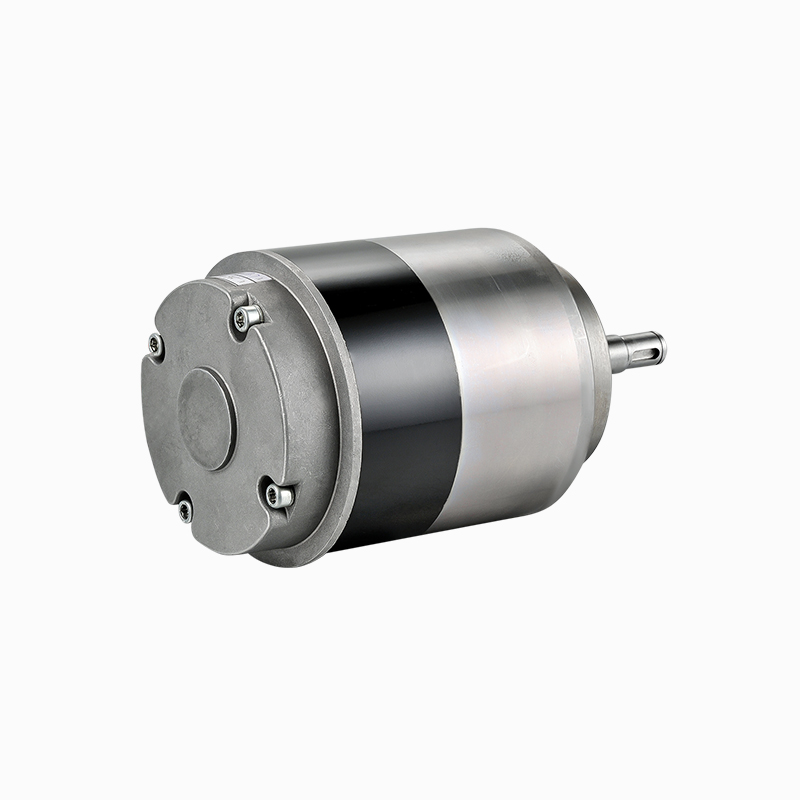Call us
+86-18023576732
+86-0579-89008006
Fax: +86-0579-82206899
Permanent Magnet DC Motor technology offers high efficiency, precise control, and compact design, making it widely used in industrial automation, robotics, and automotive applications. However, one critical challenge in ensuring long-term stability is managing the heat generated during operation. Excessive heat can damage insulation, demagnetize permanent magnets, increase bearing wear, and reduce overall motor efficiency. Effective thermal management is therefore essential for maintaining performance, prolonging service life, and preventing unexpected failures.

Heat in a Permanent Magnet DC Motor is generated primarily through electrical and mechanical losses. Electrical losses occur in the windings due to current flow, while mechanical losses result from friction in bearings and air resistance in rotating components. If the temperature rises beyond safe limits, the insulation material may degrade, causing short circuits or breakdowns. Permanent magnets may also lose their magnetic properties, reducing torque and efficiency. Bearing lubrication can deteriorate under high temperatures, increasing mechanical wear and vibration. Understanding these heat sources is the one step in designing effective cooling solutions.
Passive cooling relies on natural heat dissipation without additional power or active components. One common approach is to design the motor casing with high thermal conductivity materials, such as aluminum or copper, which transfer heat from the windings to the environment efficiently. Fins and rib structures on the motor housing increase surface area, promoting convective heat transfer. Additionally, proper spacing and airflow channels inside the motor allow heat to escape more effectively. Passive cooling is simple, reliable, and requires minimal maintenance, making it suitable for a wide range of applications.
For high-power or continuous-duty applications, active cooling techniques are often employed. Forced air cooling uses fans to increase airflow over the motor surface, accelerating heat dissipation. Liquid cooling systems circulate coolant through channels in the motor housing, absorbing and removing heat more effectively than air alone. Active cooling enables the motor to handle higher currents and torque without overheating, ensuring long-term operational stability. By carefully designing the flow path and selecting appropriate coolant properties, engineers can optimize thermal performance under various operating conditions.
Integrating thermal sensors into a Permanent Magnet DC Motor provides real-time monitoring of temperature. Thermistors, resistance temperature detectors (RTDs), or embedded temperature sensors can detect overheating in critical areas such as windings, bearings, or magnet cores. Coupled with electronic controllers, these sensors can trigger protective actions, including reducing load, limiting current, or shutting down the motor temporarily. This approach not only prevents immediate damage but also ensures consistent performance over long-term operation.
Effective thermal design requires a holistic approach. Material selection, housing geometry, airflow management, and cooling methods must be optimized together. Engineers must consider the motor’s duty cycle, ambient temperature, and installation environment to ensure sufficient heat dissipation under bad case scenarios. Proper insulation class and bearing lubrication also contribute to reducing heat accumulation. Balancing thermal efficiency with mechanical and electrical performance ensures that the motor can operate safely and reliably for extended periods.
The long-term stability of a Permanent Magnet DC Motor depends heavily on effective thermal management. By understanding heat sources, employing passive and active cooling methods, integrating thermal monitoring, and optimizing design parameters, engineers can prevent overheating and maintain consistent performance. Proper thermal design not only protects the motor from damage but also enhances efficiency, extends service life, and ensures reliable operation across diverse applications. Thermal management is therefore a fundamental aspect of high-quality motor design and essential for sustaining the advantages of Permanent Magnet DC Motor technology.
Contact Us